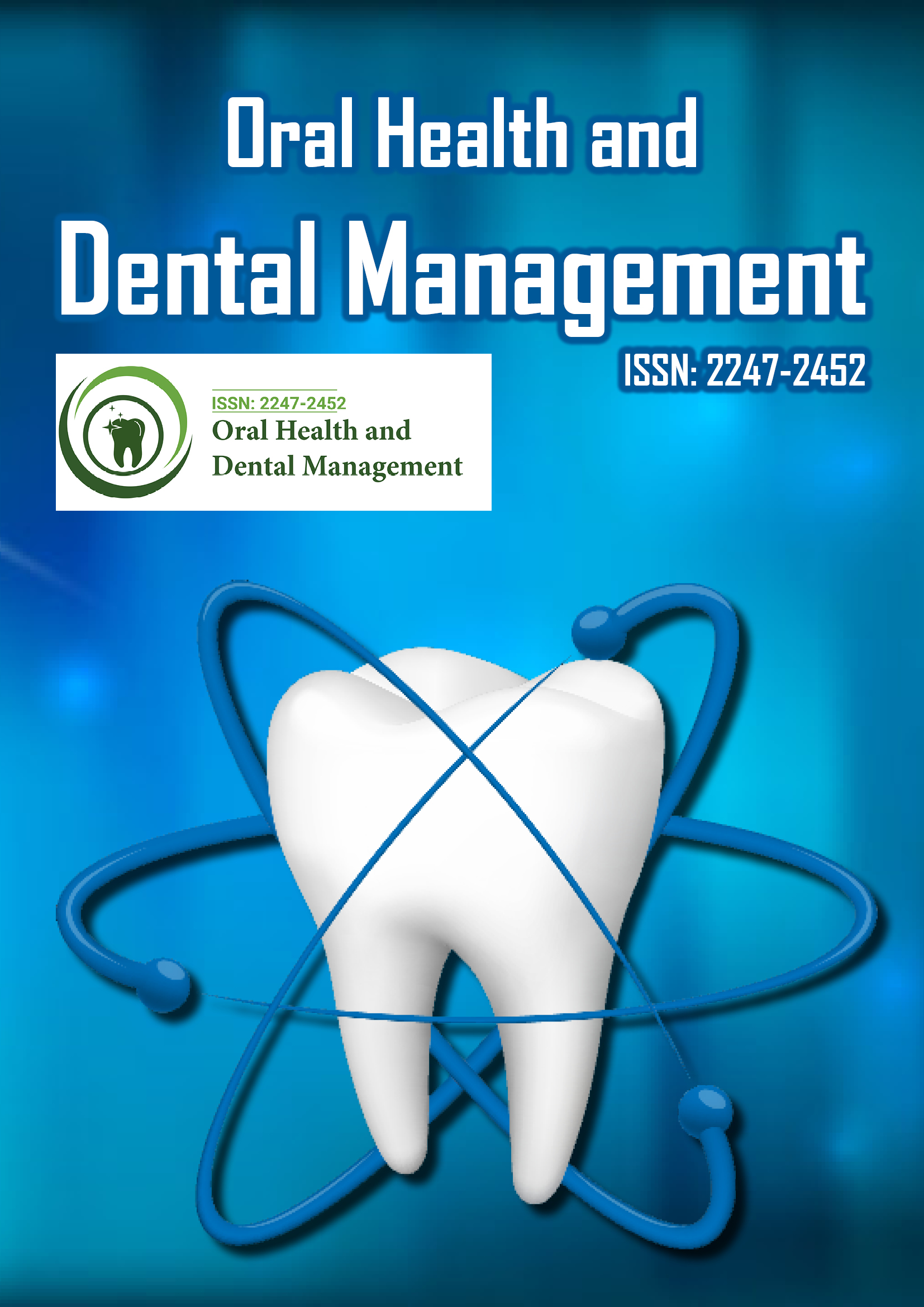Indexed In
- The Global Impact Factor (GIF)
- CiteFactor
- Electronic Journals Library
- RefSeek
- Hamdard University
- EBSCO A-Z
- Virtual Library of Biology (vifabio)
- International committee of medical journals editors (ICMJE)
- Google Scholar
Useful Links
Share This Page
Journal Flyer

Open Access Journals
- Agri and Aquaculture
- Biochemistry
- Bioinformatics & Systems Biology
- Business & Management
- Chemistry
- Clinical Sciences
- Engineering
- Food & Nutrition
- General Science
- Genetics & Molecular Biology
- Immunology & Microbiology
- Medical Sciences
- Neuroscience & Psychology
- Nursing & Health Care
- Pharmaceutical Sciences
Surgical positioning of orthodontic mini-implants by cone-beam computed tomography
7th Global Dentists and Pediatric Dentistry Annual Meeting
March 31- April 01, 2016 Valencia, Spain
Nilufer Balcioglu
Istanbul University, Turkey
Posters & Accepted Abstracts: Oral Health Dent Manag
Abstract:
One of the major factors to achieve superior outcomes in orthodontic treatment is anchorage. Both intra and extra oral devices have been used for anchorage, which a range of disadvantages of these devices could be mentioned. Extra oral anchorage requires patient�??s cooperation to increase compliance, whilst, intra-oral anchorage cannot provide optimum anchorage. Today, orthodontic mini-implants are generally used for absolute anchorage. Mini-implants are temporary devices which can be easily surgically placed and removed at the end of the treatment without patient�??s compliance. The success rate of the mini-implants is mainly affected by accurate positioning. Radiographic evaluation is used to place implants at the proper position not only for success but also to avoid injury of adjacent vital anatomical structures. Generally, two-dimensional radiographs such as periapical, panoramic or bitewing are used. However, these kind of radiologic techniques do not evaluate the exact dimension of the implant area. Recently, cone-beam computed tomography (CBCT) has gained a prevailing acceptance in general dentistry. CBCT is not a standard diagnostic tool in orthodontics. Besides, surgical templates can be fabricated according to the radiographic images. Although CBCT provides additional diagnostic information, it gives relatively higher radiation to the patient when compared to the conventional radiographic techniques. Furthermore, surgical templates are not very cheap in price. Therefore, CBCT should be used at narrow inter-radicular areas to avoid perforation of adjacent anatomical structures like maxillary sinus, mandibular canal, or the teeth. This poster presentation aims to discuss the use of CBCT for treatment planning and fabrication of surgical guide for the placement of mini-implants with a series of case reports.
Biography :
Nilufer Balcioglu was graduated from Istanbul University, Faculty of Dentistry in 2001. She obtained her PhD degree from Istanbul University Faculty of Dentistry, Department of Oral Implantology in 2008. She has been working as an Associate Professor for the same department.
Email: niluferbalcioglu@gmail.com
